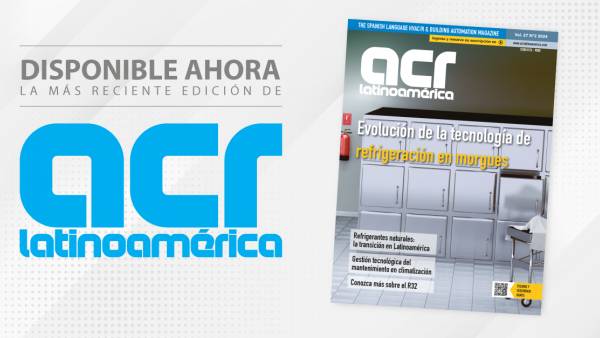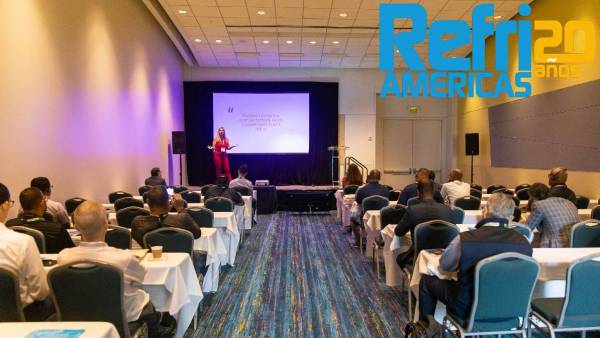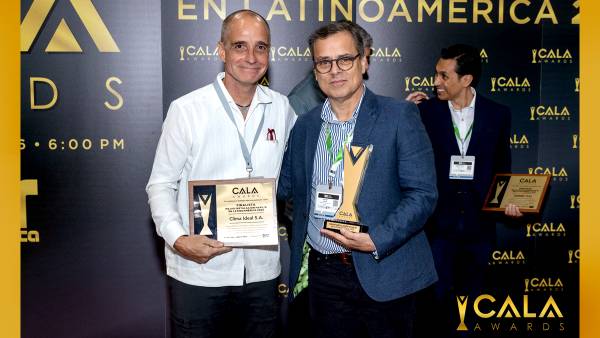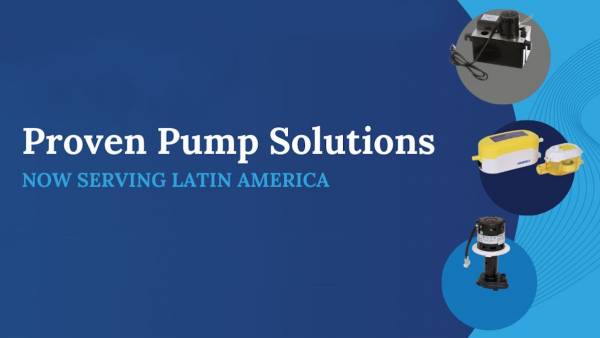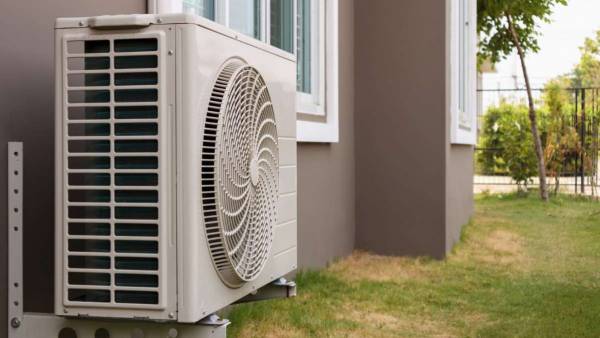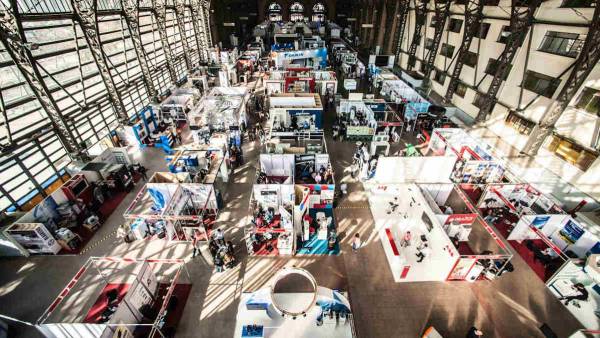 Refrigerant R-410A
Refrigerant R-410AR-410A refrigerant is a blend developed as a definitive replacement for R-22 for different original equipment applications. In new installations, in equipment with the right amount of load and with pipes of appropriate size, the R-410A has been shown to have an EER (Energy Efficiency Rating) 5 to 6% higher than the R-22.
The R-410A also exhibits a higher discharge capacity and pressure than the R-22, allowing this the design of smaller and more compact air conditioners.
R-410A refrigerant is also a viable option to replace R-13B1 in existing very low temperature equipment.
CHEMICAL PROPERTIES
It is an almost azeotropic binary mixture of HFC-32 and HFC-125 that presents a temperature slippage of less than 0.2ºC. See Table 1.
Table 1 Components Properties Disadvantages 50% R-32 Good refrigeration characteristics Flammable, high working pressure 50% R-125 Reduces flammability Low refrigeration performance, high greenhouse effectIts properties are very similar to those of an azeotrope, so it behaves like a single refrigerant, its fractionation is very low, this means that it does not separate in the system and its composition does not change in case of a leak.
Table: T ºC P saturation R-22 (Psig) P saturation 410A (Psig) -1 55 99 7 76 129 43 225 363 54 295 473The working pressures of R-410A are 60% higher than R-22. See Table 2.
R-410A is an environmentally friendly refrigerant because it does not contain chlorine, so it does not affect the ozone layer. Its greenhouse effect is equivalent to that of R-22.
Its superior thermodynamic characteristics allow the use of more compact compressors, smaller diameter pipes, higher speeds and more efficient equipment to be manufactured due to the lower energy loss.
LUBRICANTS FOR R-410A
R-410A is incompatible with mineral oils because it does not mix properly with them, mineral oil does not have the ability to dissolve evenly in the refrigerant either in the liquid or vapor phase, which will result in a decrease in the rate of oil returning to the compressor, causing an early failure.
The oils specified for R-410A are Polyolester Oils (POE), which being 15 times more hygroscopic than mineral oils, require minimizing their exposure to the environment.
POE oils should never be stored in a way that is exposed to the open air, and should only be opened just before use. All systems must be closed until any replacement components are ready for installation.
When it is necessary to remove moisture absorbed by POE oils, a desiccator filter must be used in the liquid line and it must be ensured that the filter is compatible for the R-410A. The moisture content of SOPs should not exceed 100 ppm
RETROFIT WITH R-410A
R-410A is not a direct substitute for R-22. Superior thermodynamic characteristics and high pressures make it difficult to use in existing systems designed for R-22. In most cases the mandatory changes that must be carried out in the system include the compressor, the VTE or the capillary tube, the condenser and in some cases, depending on the applicable design standard for low-pressure components, the evaporator. You also have to remove the mineral oil and replace it with a POE oil.
If it is necessary to perform a retrofit, the following points must be taken into account:
• The compressor needs a device for internal pressure relief of higher range, between 600-650 Psig, its operating characteristics must take into account the higher suction and discharge pressures of the R-410A, and it must use a POE lubricant.
• In the condenser the coil must be designed and tested for the high pressures of R-410A. The same applies to the desiccator filter, the filter requires a minimum operating pressure rating of 600 Psig, and only filters approved for R-410A use should be used.
• VTE also requires specific parameters and pressure variations that must go with the operating characteristics of the R-410A. VTEs used with R-22 should not be used with R-410A. Capillary tubes must be modified to meet the operating requirements of the R-410A.
• The evaporator must also be designed and tested for the high pressures of this refrigerant. Existing coils used with R-22 should not be used.
• For low pressure switches the typical parameter for R-410A is around 40 Psig, compared to 25 Psig with an R-22 switch.
• For high pressure switches, the typical parameter for R-410A is around 640 Psig.
• If a cycle is being used on the fans, the pressure switches will have higher positions compared to those of R-22.
Each R-410A system requires that each component be designed for the pressures of this refrigerant.
R-410A TOOLS
Manifold:
• Pressure gauges must be specific to R-410A. Conventional ones cannot be used due to high pressure variations. Pressure gauges, hoses and variations of indicators need to be elevated.
• The high pressure gauge must have a range from 0 to 800 Psig
• The low pressure gauge must have a variation of 30 in Hg vacuum to 250 Psig and must possess a retardation characteristic of 500 Psig.
• The standard working parameter on the hoses is 600 Psig, which is not suitable for the R-410A, the hoses for this refrigerant must have a working parameter of 800 Psig, and a breaking point of 4000 Psig. This safety margin of 5 to 1 is necessary to avoid a dangerous break in the hoses.
Vacuum pump:
• R-22 vacuum pumps can be used as long as they can reach a minimum vacuum of 250 microns.
• It is preferable to use double-acting vacuum pumps with non-return valve.
Recuperator:
• Recuperators for R-410A must be designed to avoid mixing oil and coolant.
• The most commonly used recuperator uses an oil-free compressor.
Leak detector:
• Must be specific to detect R-410A.
• It should be verified that the detection limits are adequate, around 23 g/year approximately.
SECURITY MEASURES
The toxicity and flammability characteristics of R-410A are similar to those of R-22. It is non-toxic and non-flammable under normal operating conditions.
It is not flammable at atmospheric pressures and temperatures, but it can burn at high pressures when mixed with air. Air should never be used to pressurize a system loaded with any amount of R-410A to look for leaks.
The steam of R-410A is heavier than air and displaces it if it is released into a confined place, causing danger of suffocation and loss of consciousness.
High heat sources should be avoided near R-410A vapors, as toxic compounds can be produced. The vapors released are very strong causing irritation of the nose and throat. Cutting or welding pipes containing R-410A residue should be avoided under any circumstances.
Due to its rapid absorption of moisture, it can burn the skin. In case of contact with the skin, the area should be washed thoroughly with plenty of warm water for a period of 15 minutes.
R-410A is an almost azeotropic binary mixture of HFC-32 and HFC-125 that has a temperature slip of less than 0.2º C
SAFETY RULES FOR THE TRANSPORT OF CYLINDERS WITH REFRIGERANT GASES
Due to its high vapor pressure at any temperature, the R-410A has to be carefully stored and handled.
With the high pressure of the R-410A the cylinders must be secured to prevent them from overturning, falling or slipping, damaging the cylinder; if the coolant valve breaks, the coolant quickly escapes propelling the cylinder, and can cause serious injuries.
The main safety rules for the transport of cylinders with refrigerant gases are:
• Do not hit the cylinder, neither with the ground, nor with a hammer or other tool.
• Do not heat the cylinder with steam or a direct flame torch.
• Do not transport the cylinder by loading it from the valve.
• Do not try to repair the valve.
• Do not lock the rupture disc.
• Do not refill/recharge a disposable cylinder.
• When opening the valve, do it slowly, and close after use.
• Do not use rusty or deteriorated cylinders.
• R-410A cylinders should not be stored above 52°C.
RECOMMENDATIONS FOR A GOOD INSTALLATION
System load:
• When loading a system with R-410A it must be done very carefully to minimize the fragmentation effects of the refrigerants that compose it.
• R-410A must be charged as liquid by the service valve in the suction pipe. The flow of liquid must be controlled in the manifold with the low pressure valve, it must be ensured that the flow is low enough to prevent the entry of liquid into the compressor.
Copper pipe:
• Use clean and dry copper tube.
• The ends of the pipe must be covered to prevent moisture.
• Welding should be carried out by injecting 2 Psig of nitrogen into the pipes.
Electronic scale:
• It must be loaded by weight, avoiding overloading the system.
PERSONAL PROTECTIVE EQUIPMENT
The minimum personal protective equipment that should be used when working with R-410A is similar to that used with any other refrigerant:
• Long-sleeved shirt and work pants, both preferably made of cotton.
• Leather or nitrile gloves. It should be taken into account that there are three sizes of gloves, so it is necessary to choose the most appropriate.
• Safety glasses.
• Safety shoes.
Authors:

